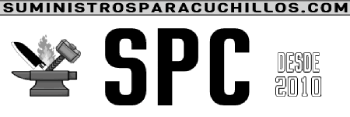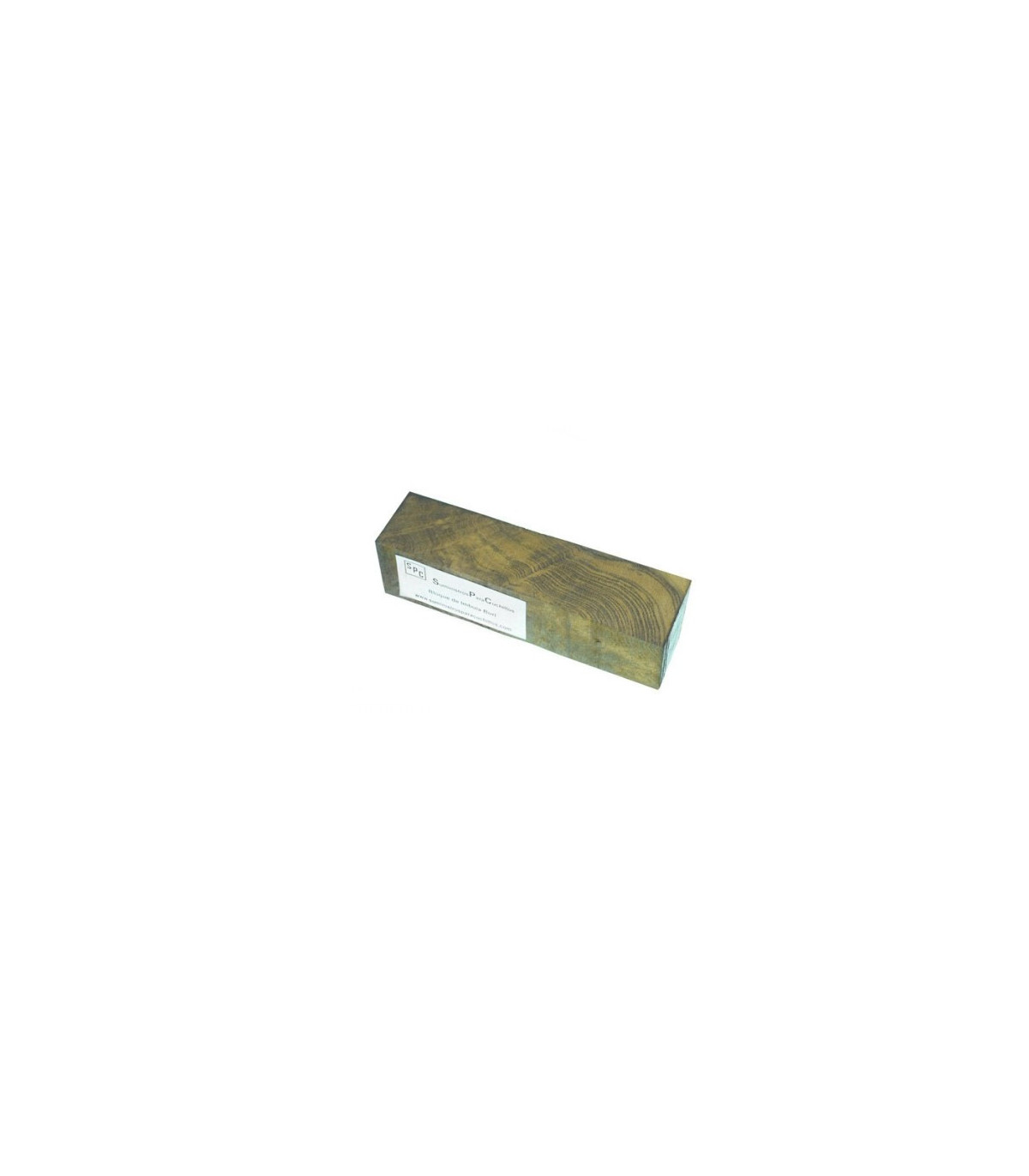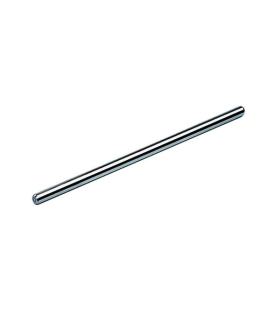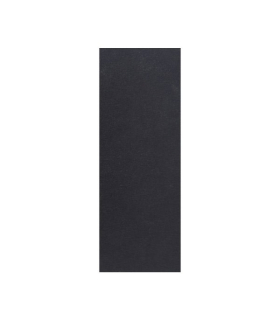Imbuia Burl
Imbuia burl wood, is very exotic, but the wood obtained from "burls", tumors or malformations that occur in the tree, presented figures extremely exotic and colorful, full of knots and curly ends.
Format Approx.:
- block: 130-150 x 35-40 x 35-40 mm
- scales: 150x40x8mm (pair)
(The pictures are purely indicative, in order to show as it is. Materials as wood vary your drawing or pattern, with each part.)
Common name (s): Imbuia burl, Imbuia burl, Brazilian Walnut
Scientific name: Ocotea porous
Distribution: Southern area of Brazil, at altitudes of 800-1500 m
Tree size: 25-40 m tall, 1-1.8 m diameter of trunk
Hardness (kg/m3): 1380
Color / appearance: varies substantially, as well as other "burls" varies from dark brown to light, with a reddish or golden color. The sapwood is yellow or white, well differentiated in the trunk, but in "burls" intertwines. They have knots and fibres extremely intertwined, giving your great eye candy.
Grains / texture: Although the normal trunk wood is much less exotic than the of the "burl" also may present extreme, very full of knots and interlaced patterns. Texture medium to fine uniform, with good natural shine.
Resistance: qualified as durable in weatherproofing and moderately resistant to insect attack.
Machinability: good results if you are working with hand tools, both machines. As with other Woods similar to curly mayor wood, the difficulty increases. Good finish natural, high brightness.
Odor: spicy when processing the wood.
Allergies / toxicity: serious reactions are very rare, it can produce irratacion in the respiratory tract, but is not necessary any special precaution, as with other wood working with mask is recommended.
Sustainability: appears in the appendices of the CITES, but is on the IUCN Red list. It is classified as vulnerable due to a reduction of the population of more than 20% in the last three generations, caused by a decrease in its natural distribution area, and exploitation.
Common uses: furniture, veneers, handles and joinery of luxury.
























